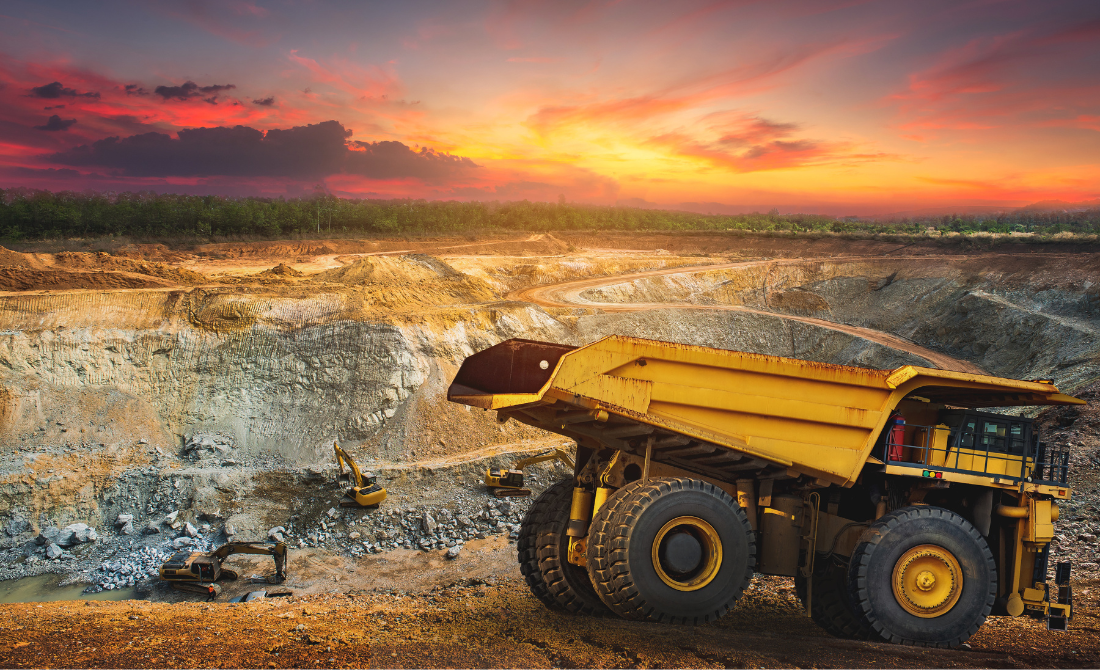New Wyoming Facility To Boost Extraction Of REEs From Coal

Companies and researchers developing asphalt, graphene, graphite, agricultural char, and carbon fibre and extracting rare earths from coal and coal byproducts, now have a 9.5-acre site to work on their innovations.
Earlier this week, non-profit Energy Capital Economic Development officially opened the Wyoming Innovation Center (WyIC), a 5,500-square-foot coal commercialization facility located on a reclaimed mine site in the United States’ coal-rich “C-Valley” region. This area hosts 65 billion tonnes of recoverable coal.
Built under a $1.5 million grant from the Wyoming Business Council and a $1.46 million grant from the US Economic Development Administration, the WyIC features two buildings and seven demonstration sites for pilot plants, for private companies and researchers to advance coal-to-product and rare earth element processes.
In a press release, Energy Capital Economic Development said that tenants at WyIC will focus on evaluating the commercial viability of high-value nonfuel, low-or zero-emissions products made from coal and extracting REEs found in coal fly ash.
Previous studies have shown that the region’s Powder River Basin coal contains high extractable rare earth element content in portions of the coal seams—particularly in the coal ash materials produced at power plants.
“It’s the perfect destination for us to fulfill our mission— to research and develop the commercialization of rare earth elements,” Tom Tarka, an engineer at the National Energy Technology Laboratory (NETL), said in a statement.
NETL focuses on applied research for producing and using clean energy resources and is the Wyoming Innovation Center’s first tenant.
According to Tarka, in addition to the massive facilities, the main draw of the WyIC is the 7.5-acre demonstration sites that function as an open-access platform for tenants to upscale lab-proven processes from using a few pounds of coal a day to processing up to several hundred pounds of coal or coal byproducts daily.